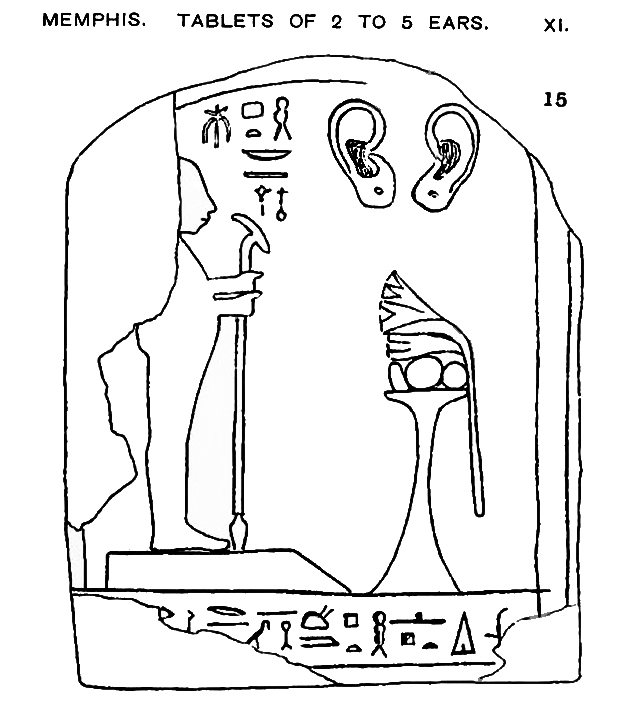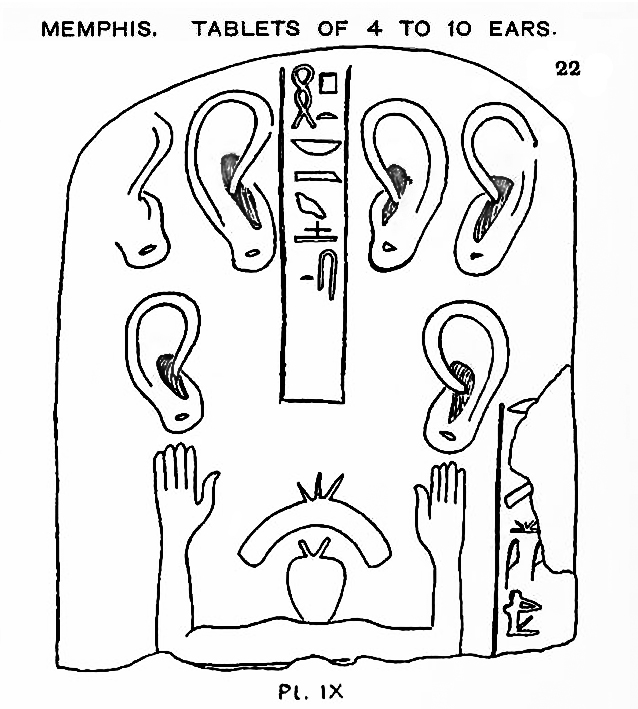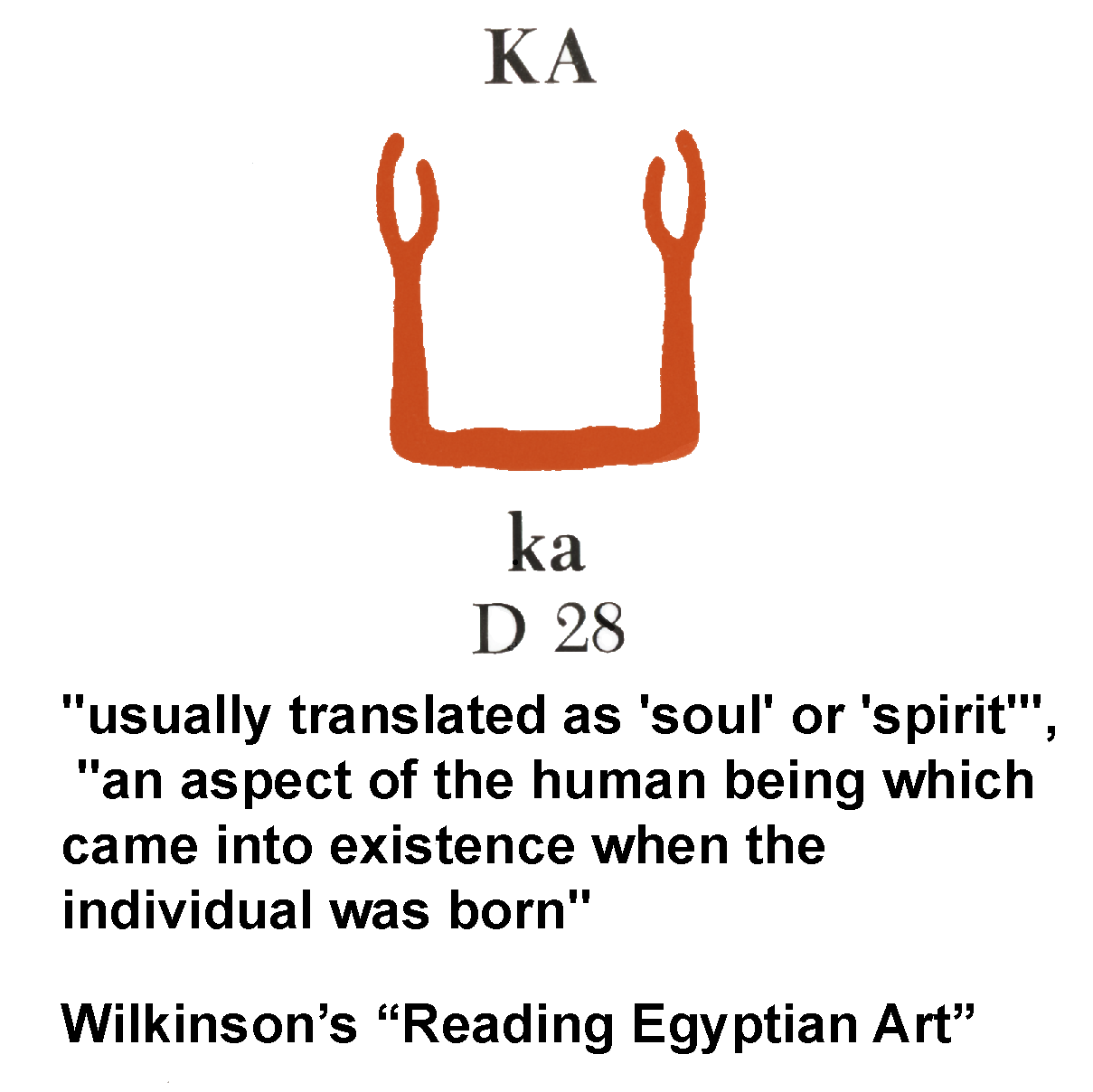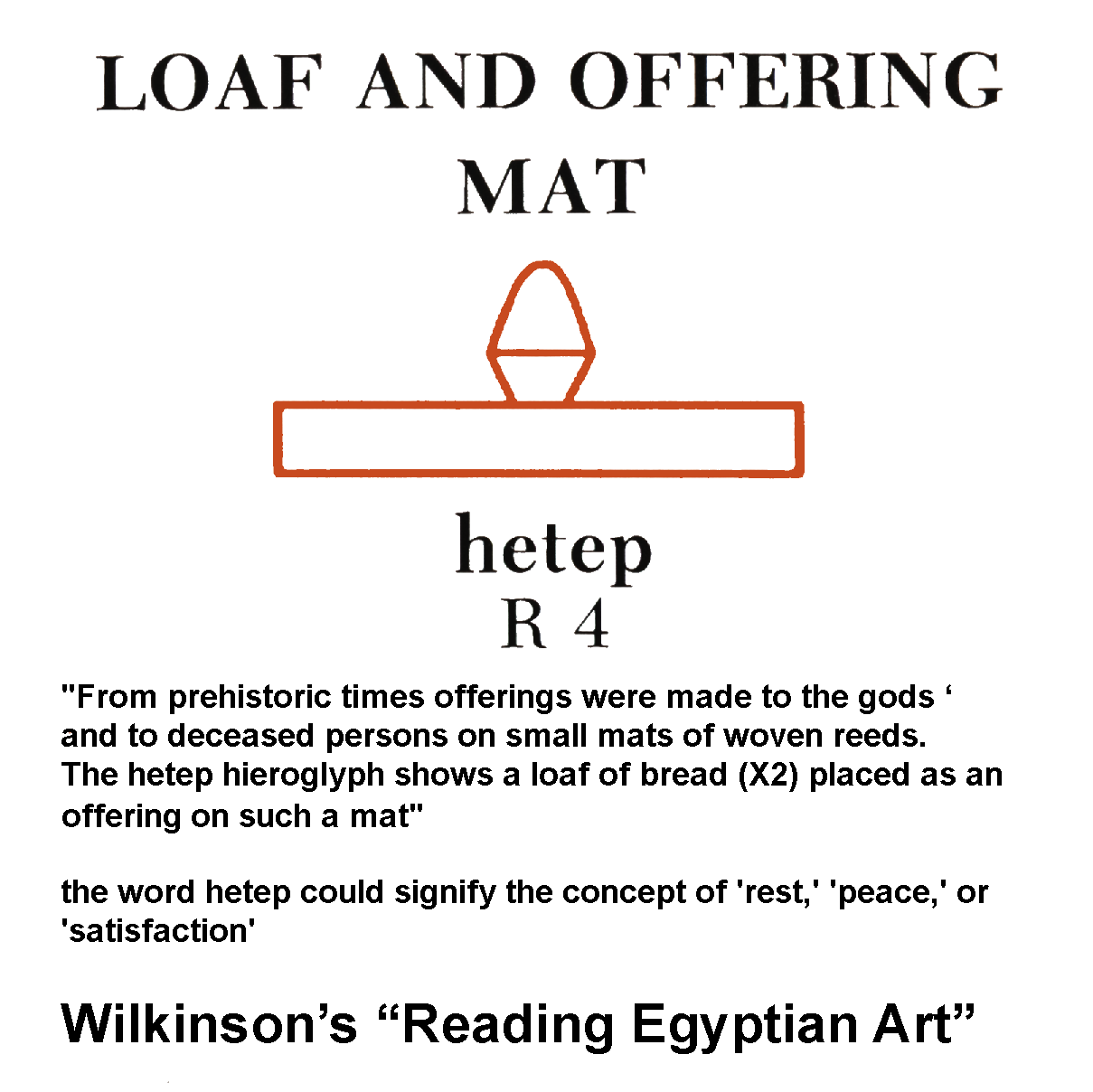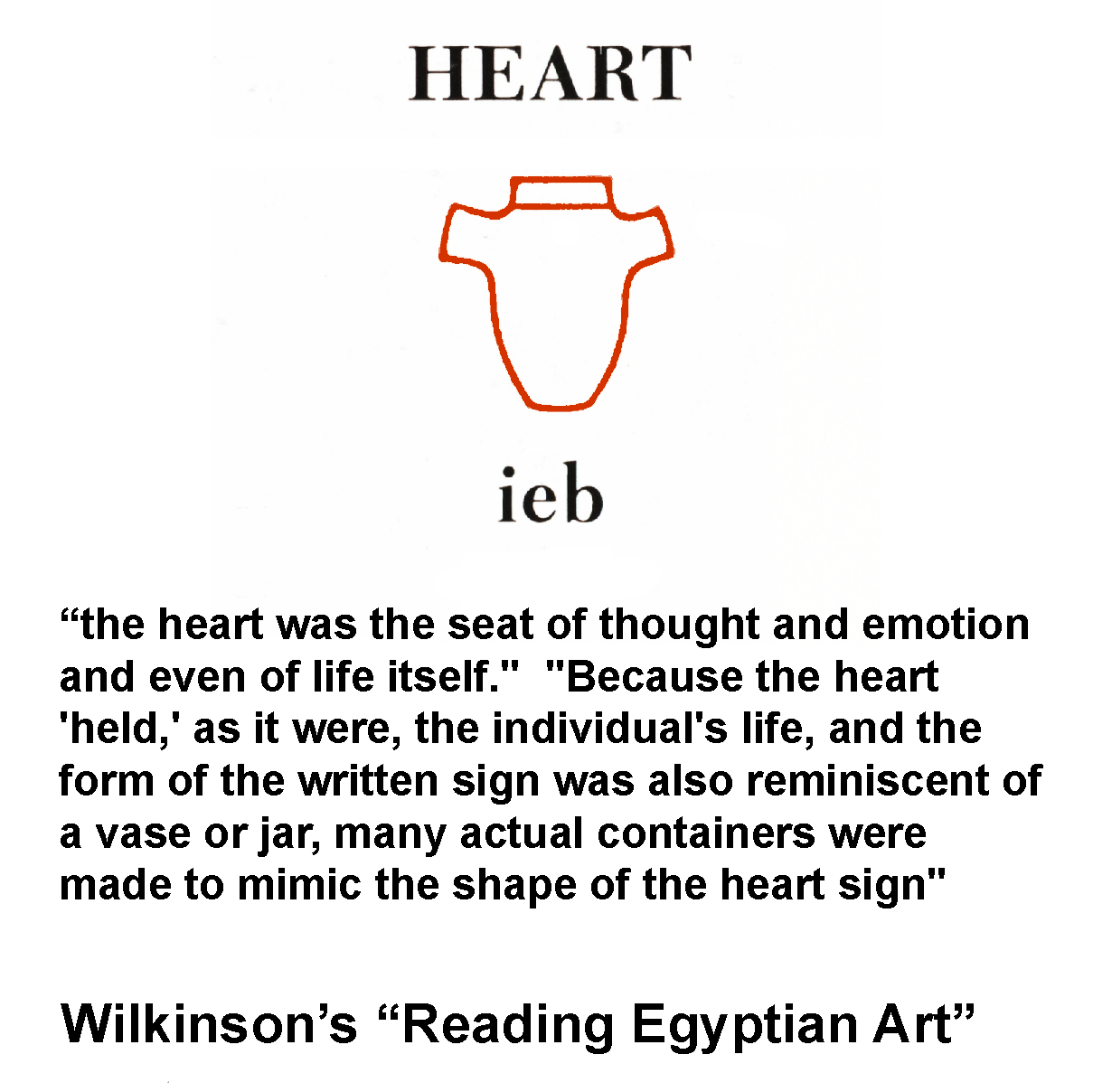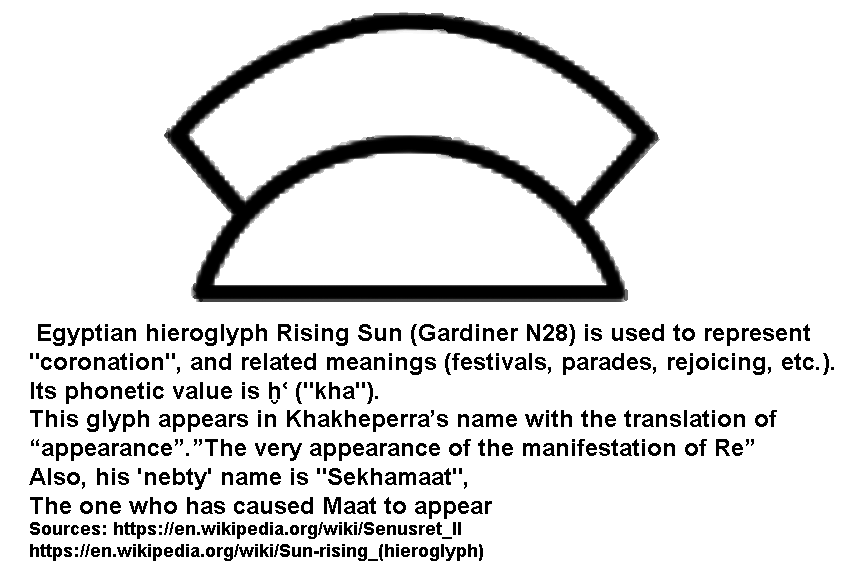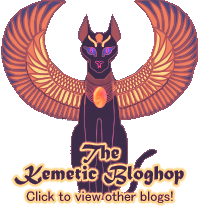|
April 4, 2021
Season of Peret 2021: The word "relationship" can mean different things to different people. How do you view your relationships with specific Netjeru? How do they compare and contrast to human relationships? How do you maintain your divine relationships?
Now that the roasty, toasty season of Shomu is upon us, (once again, I am impressed with how Yuma weather lines up with that in Egypt. I would say that here the season of 'heat' has begun. Flannel shirt season is over, and we had to put the AC on a few days ago), I get inspired for the Season of Peret (Season of Flannel) topic.
(That's me, on my own time zone spiritually, if not physically....)
As for the relationships to each other, "It's complicated," depending on which version of the creation story one goes by. "The different creation accounts were each associated with the cult of a particular god in one of the major cities of Egypt: Hermopolis, Heliopolis, Memphis, and Thebes.[9] To some degree, these myths represent competing theologies, but they also represent different aspects of the process of creation.[10]" (Source: Wikipedia)
Somehow, I blend all the versions into a somewhat cohesive understanding. Theban theology posits that Amun is "the hidden force behind all things". Amun to me is so abstract, so undiffereniated, that I don't really relate to Him. Yes, He's "The One who made himself into million." (per Ramesside texts found in _Egyptian Solar Religion in the New Kingdom: Re, Amun and the Crisis of Polytheism_, by Jan Assmann, translated from the German by Anthony Alcock), pages 150,151 and 153 (first published in 1995 by Kegan Paul
International Limited and later published in 2009 by Routledge)
But to me, He's hidden. I start relating to Creator Gods further down in the process. Nit (Neith) is the first to me, who is not hidden. She's very ancient. I see her as an old Great Grandmother, watching over her many, many, many descendants. I feel her gaze.
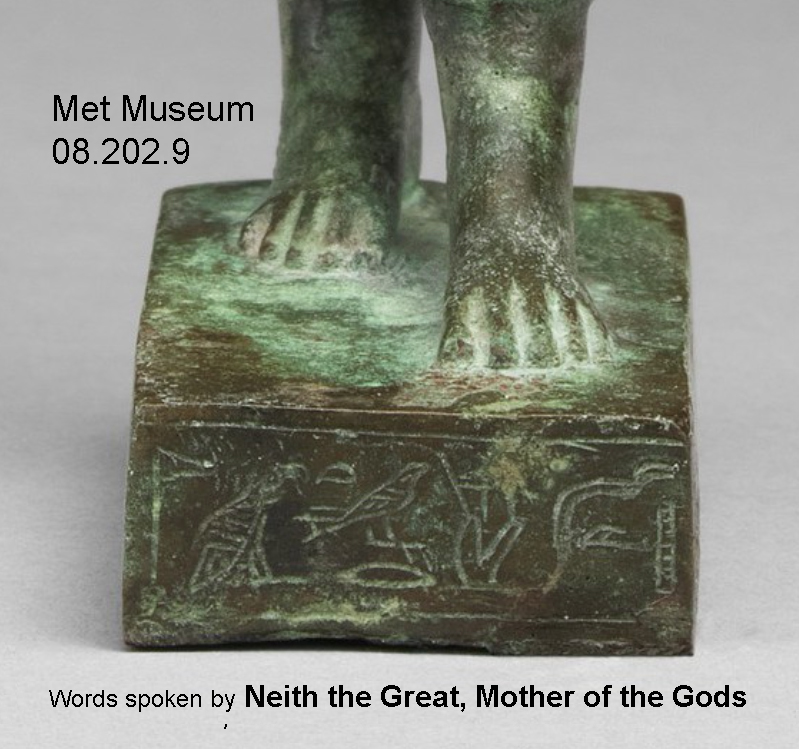 Hieroglyphs right to left, crop from museum photo Mother of the Gods, that's who Nit is to me.
|
